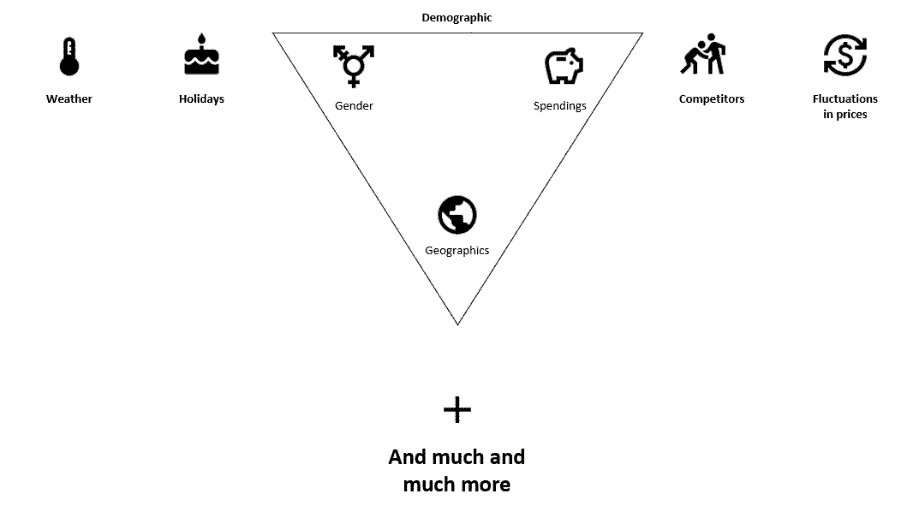Azure Databricks managed Service Principal and PAT automation
During the past decades (since mid 90’s) organizations started to register more and more data within their ever expanding application landscape. In the early days the usage of this data was restricted, mostly for invoicing / VAT and QA reporting purposes. Data's value as an innovation and growth driver has been recognized, leading to the replacement or complementation of Excel with BI tools. By doing so, an organization gets an abundance of new insights into their organization. Yet, it relies solely on internal data, presenting information through flat formatted values (Excel) or graphical visualizations (Power BI).
With a focus on only internal data an organization limits itself and ends up with tunnel vision.Simply put, internal data does not tell the whole story.
Therefor we, at Food For Analytics (FFA), took it upon ourselves to identify relevant external data that enables your organization to get its decision making to a whole new level. By making our external datasets available you are able to enrich and compare internal data with external data. Integrating internal and external data helps understand how macro-economic events, seasonality, or sporting events impact your business comprehensively. In the following paragraphs, I'll delve into adding and enriching data to enhance internal data, unlocking additional valuable insights. As FFA focusses on the food industry we have pinpointed branch specific external data sources.
In the rest of this blog, I've highlighted external data sources and their role in complementing and enriching your internal data:

Weather data
Leverage weather data to correlate internal sales with weather patterns, such as increased BBQ item sales during sunny weather, for insights.
Calendar data
Incorporate specialized calendars with bank holidays, school vacations, and sporting events to anticipate regional demand fluctuations, optimizing sales strategies accordingly.
Demographical data
Use income, age, gender, and religion data to compare and align demand with the offered assortment geographically for strategic decision-making. Demographic insights aid in comparing, identifying target audiences for new product introductions, and facilitating adjustments for optimal adoption strategies.
Market data – supply
Incorporate worldwide livestock and fodder prices to forecast fluctuations in raw material costs, influencing internal and sales prices accordingly.
Based on the mentioned information we do provide an extended horizon in order to predict future purchase prices. Besides it is also possible to compare those with historical production / purchase / sales figures.
To emphasize, the mentioned data sources are just a few examples of what is possible.
Customize data enrichment to enhance insights and decision-making based on your specific requirements and demands for optimal results. Food For Analytics has a vision to have relevant external data available for you in order to enable your competitive advantage!
Do you want to unlock your competitive advantage, like and we’ll contact you!
Interested to join FFA!?
Feel free to apply at www.workatffa.com and join our journey to optimize the food industry with data.
Azure Databricks managed Service Principal and PAT automation
Secure Databricks Serverless Compute environment